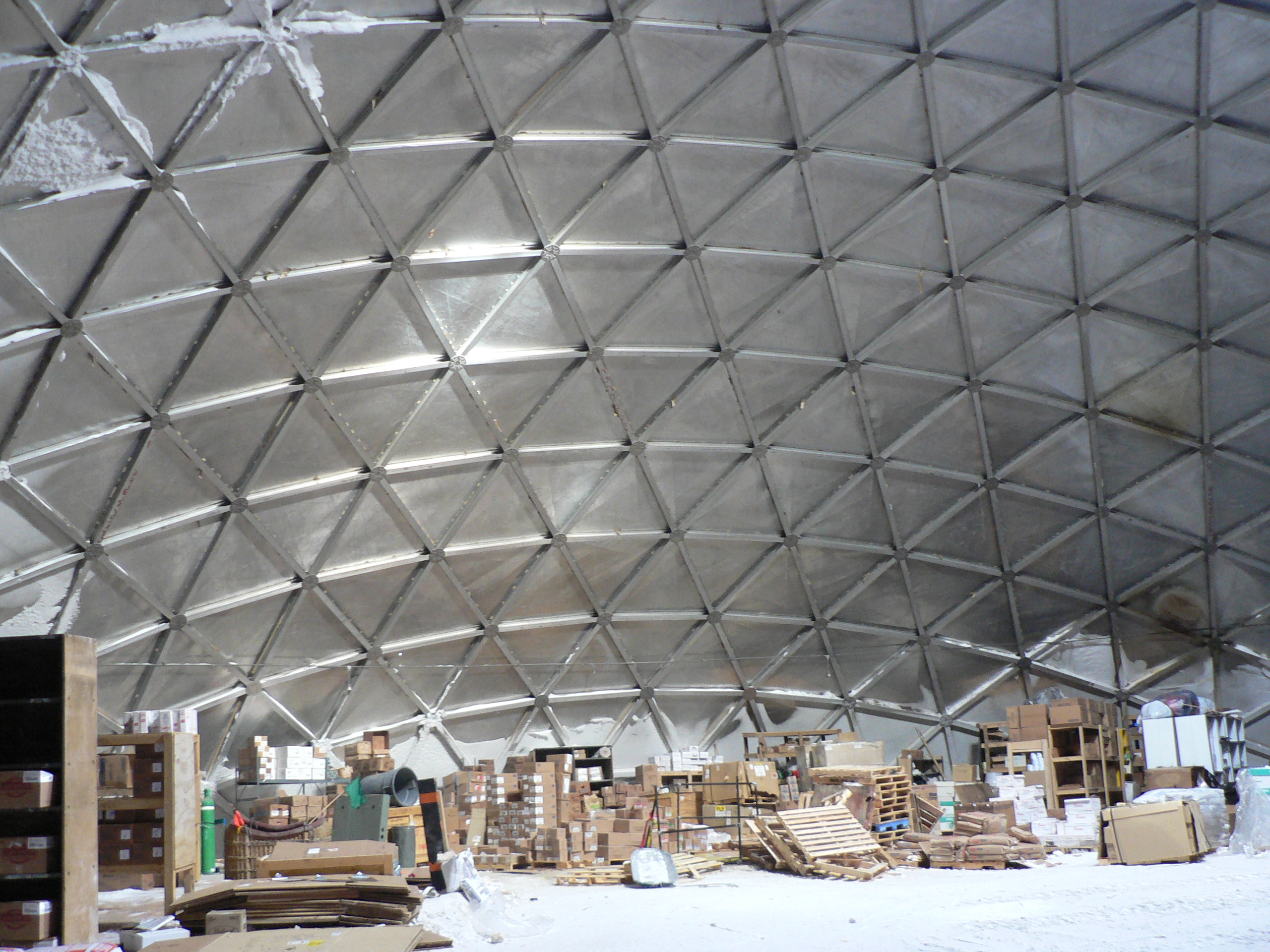At Aeon, the site’s Deputy Editor Ross Andersen has published “In the Beginning,” one of his bold and epic essays about the staggering mysteries of existence, this piece about the elusive search for origins of the universe, a quest that is science’s 1 or 1a depending on your view of the hard problem of consciousness. It’s questionable whether we’ll ever be able to peer the past prior to the Big Bang, however, as the field seems stymied by the gargantuan task. Andersen moves nimbly from cutting-edge (and highly disputed) cosmological investigations to considerations of ancient readings of the cosmos, from science to philosophy, from modest telescopes to computer simulations, from Palo Alto to Antarctica.
An excerpt about a Harvard astrophysicist at far-flung locale, seeking answers flung exponentially further:
Last October, John Kovac boarded an 18-hour flight from the United States to New Zealand, as he has every year since 1990. After touching down in Christchurch, he drove to a large warehouse, to be fitted with a fluffy red parka, military-grade snow boots, mittens, goggles and other extreme-cold weather gear. The next morning, he crossed the Southern Ocean in a military transport plane, before landing at McMurdo research station on the coast of Antarctica. The Southern Ocean is the violent, iceberg-strewn moat that encircles Antarctica. It is the only latitudinal band on Earth where there is no land to stop ocean winds from whipping furiously around the planet, stirring up storms as they go. These storms had waylaid Kovac at McMurdo before, but this year the weather was mild. He was cleared to leave the next morning, to complete the last leg of his trip. …
One Friday last November, Kovac called me from South Pole Station, where it was 3am. I asked him how the night sky looked. I’d heard that the Milky Way was something to behold from Antarctica, especially when the auroras were dancing. Kovac gently reminded me that there is only one ‘night’ at the South Pole, and that it begins in February and ends in September. He stayed over at the Pole for one of these winter stretches, back in the 1990s, before he had kids. Winter temperatures on the plateau are too frigid for planes to fly, meaning there is no traffic in or out during the dark months. ‘It was like being on a submarine,’ Kovac told me. ‘Once was enough for me.’
Kovac did his winter stint back when he was a graduate student, when he was beginning to distinguish himself as a skilled designer of observatories. Instrument design is in Kovac’s blood. His late father Michael was dean of the engineering school at the University of Southern Florida. When John was 12, a teacher at his school gave him his first telescope. He set it up in his backyard, but quickly grew tired of using it. Gazing at celestial objects that others had already seen bored him, especially when he could see spectacular photos of those same objects in books. ‘But I was fascinated by the technology,’ he said. ‘I wanted to know everything about the construction of the telescope itself, and how it focused light.’
Kovac called me from a conference room that overlooks the main runway at South Pole Station. There wasn’t much action outside at that hour. He could see clear across the landing strip to the Dark Sector, a special zone where electromagnetic radiation is forbidden. Some of the world’s most sophisticated telescopes have been hauled down to the Dark Sector at great expense, because it’s one of the best places on this planet to do astronomy. If you’re at the bottom of the Earth, the view into the Universe doesn’t change much as the planet moves around in its orbit. You can train your telescope on the same celestial objects for months at a time, and you have a clear view, because Antarctica is a desert. Any mist that manages to levitate from its surface quickly freezes into ice crystals that free-fall back to Earth. If you think of our planet as an eyeball, the Antarctic plateau is its iris, and the Dark Sector its pupil. At its centre, Kovac had installed an exquisite telescope, and with it, he hoped to peer deeper into time than any human being in history.•

